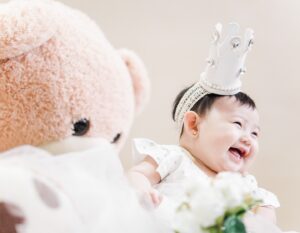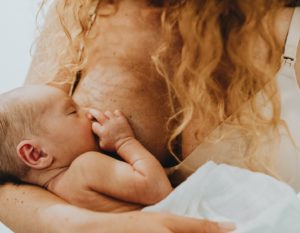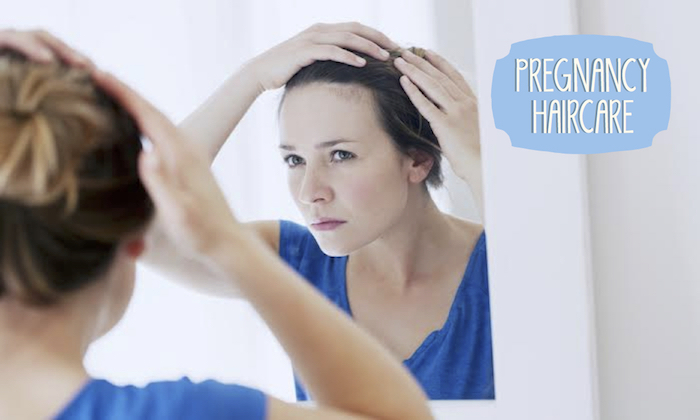










Experiencing post-pregnancy hair loss?
Here are our tips and tricks to combat it
One of the most common questions and concerns I receive from post-pregnant women in my salon is, “Is there any way to avoid or minimise post-pregnancy hair loss?” Unfortunately, while hair loss is unavoidable and just another part of the pregnancy process, there ARE a few tips that can help get you through.
Why do I experience hair loss?
It’s actually a pretty simple explanation: in general an average of 10%-15% of our hair follicles are dormant or in a kind of sleep state at any given time. You’ll most likely notice even when you’re not pregnant that you have odd short pieces of hair sticking out here and there. Well, this is for the most part a result of the new hair growth cycle. On average we lose about 100 hairs per day but during pregnancy, the increased levels in oestrogen causes the cycle to stop. Your hair will look and feel thicker than usual due to this reason but as gorgeous as it makes your hair during the carrying months, you are set to pay for it after.
Shortly after giving birth, you’ll notice your shower drains clogging up with hair and your brush filled with more than the usual amount of leftovers. This often adds to the stress of the initial child raising experience but I am here to ensure you there is nothing to be alarmed about. This process is totally normal and can last upwards of 12 months varying on how long you feed for the longer you are feeding, the higher the oestrogen levels, so the less the hair will fall during this period. Once you stop feeding, your hair will revert back to its normal cycle and make up for all the good juice it has been receiving from that extra oestrogen. Again I would like to clarify that this is a normal cycle and nothing to worry about – you are not going bald!
How can I minimise or disguise hair loss?
Now that you’ve relaxed to the facts, let me give you a few ideas that can help you keep your hair under some kind of control during the shedding phase. For those of you with short hair, you may not visually notice the difference but may feel it when touching your hair. For these ladies it’s pretty simple: have your maintenance cut to keep your hair sharp and you’ll be all good.
For the ladies with longer hair (and blocked drains) you may want to do something a little more drastic. Adding layers to mid length or longer hair is a good way to help both blend the shorter pieces that will be growing through while making the hair lighter and fresher. A cut with forward graduation (or forward layering) around the face can also help with the blending and better shaping of the hair. As the hair does start to grow through, you will notice a lot of short hairs around the face and hairline so a fringe (or bangs) is a great way to disguise these little runaways until they are long enough to join the party.
In addition to these couple of hair style tips, it’s always important to keep a good diet and enough nutrients for healthy hair. Extra doses of Omega 3 fish oil, zinc, vitamin A & B are all great for the hair and can help keep your hair growing as it should. There are now some good products on the market for helping hair grow healthier and stronger. Especially for any people with weak or fine hair these products can be quite helpful. My preferred is by a company called Bosley from the US. They have some box starter kits with a shampoo, conditioner and lotion set that are a great intro into the products. I have referred thee products to numerous clients and so far had nothing but great feedback.
Recap: Don’t stress about the hair loss – it is normal and will grow back! Style it up with some layers and or a fringe and just be your usual gorgeous self.
Colouring Your Hair During Pregnancy
Colouring hair during pregnancy is probably one of the biggest debates hairdressers usually have with expecting mothers and again probably the most-asked question I ever get regarding pregnant women and their hair. This is a kind of pet hate topic of mine as I find it intensely frustrating and have done for years as a parent myself. Most of my pregnancy clients inform me that they were advised by their doctors ‘not’ to colour their hair during pregnancy, and to tell you the truth, the fact of the issue is that there are NO proven studies that having your hair coloured while pregnant has any effect on the foetus.
Despite numerous tests over numerous years there has never been a link to any infant issues related to hair dyes. In fact there is compelling evidence now that the minimal levels of chemicals in hair dye are not even close to being significant enough to have any effect. Doctors are not specialists in hair and scalp nor are they qualified trichologists so their recommendations not to colour your hair are purely based on speculation.
Now, of course if you put colour on your scalp and you have an open wound there is a chance you could absorb a minuscule amount of chemical but even this would not be enough to have any effect (also if your stylist is putting colour on an open wound you should go to another salon!). So unless you are consuming large amounts of hair dye you can be confident to have your hair coloured during pregnancy.
Now, that being said, being pregnant can cause your hair to react slightly different to the colour or anything you regularly use on your hair. Due to the changes in hormones, it is possible the colour may not be exactly the same or last as long as usual. These variations are usually slight and not common but can happen. Again this has no effect on your baby.
If you’re really still in doubt, go for highlights, lowlights or that of a similar process. These types of colour processes do not allow the colour to touch the scalp and since the hair is dead it does not pass colour through to the scalp and blood stream so there can be no absorption of chemicals.
![]()
![]()
Style and rock that new ‘do mama!
 View All
View All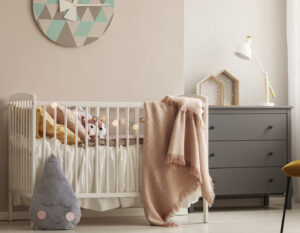


 View All
View All


 View All
View All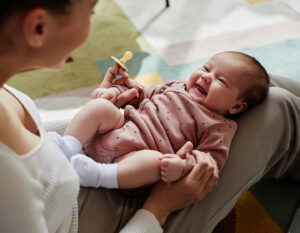

 View All
View All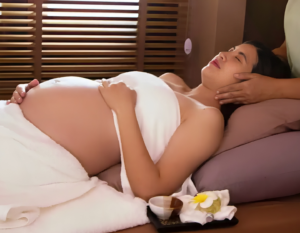


 View All
View All